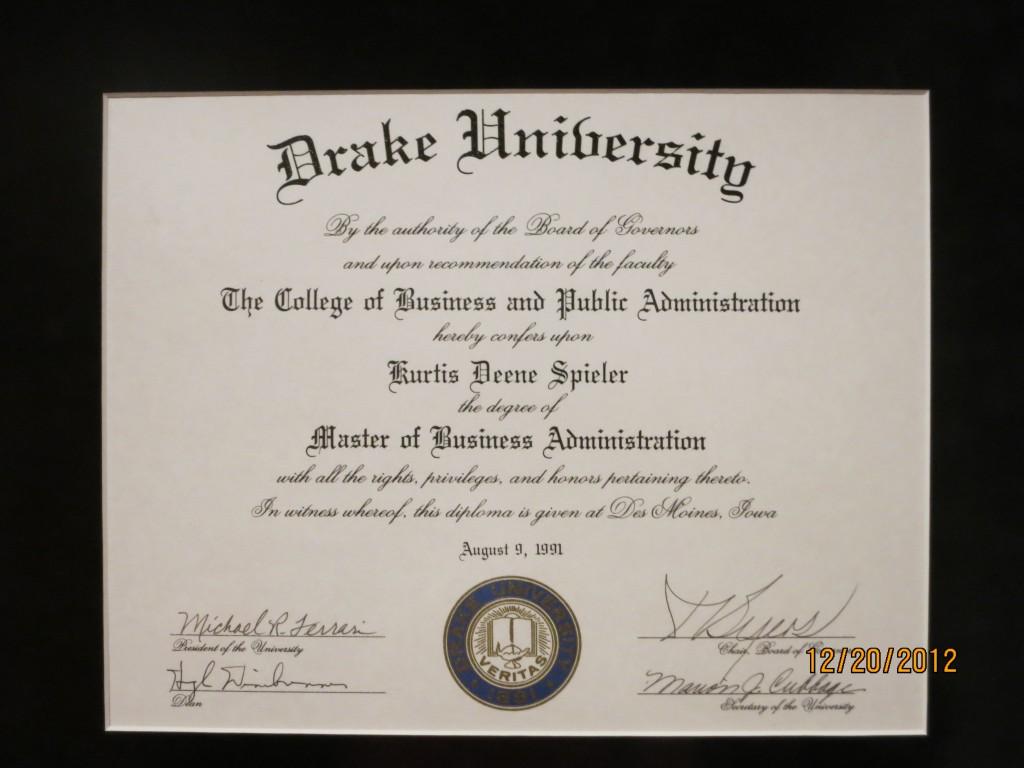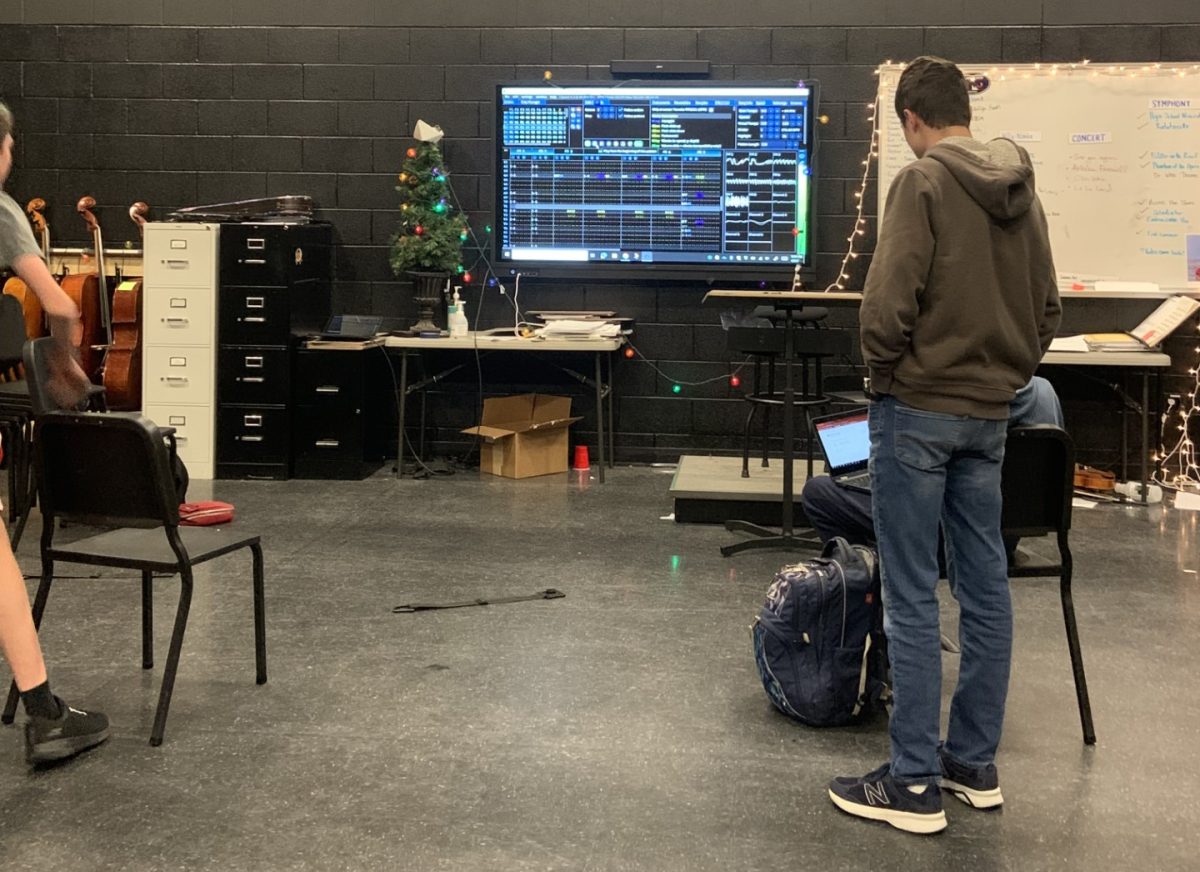Origins:
2,000 years ago, the Celts celebrated their new year on November 1. The festival of Samhain was celebrated the day before, on the day it was believed that the boundary between the worlds of the dead and living weakened. During this time, it was believed that the spirits of the dead returned to earth. Their presence brought misfortune on their crops, yet also brought the opportunity for Celtic priests, the Druids, to make premonitions.
The Roman Empire had two traditional holidays in fall; Feralia, a day in late October celebrating the passing of the dead, and the day honoring Pomona, the goddess of fruits and trees. As the Roman Empire overtook the Celtic land, Samhain, Feralia and the honoring of Pomona was combined into one.
Traditions:
Traditionally, Samhain was celebrated with a big bonfire where crops and animals were burned as sacrifices to Celtic divinities. The Celts would wear costumes of animal heads and skins and tried to tell each other’s fortunes.
During the All Soul’s Day parades in England, beggars would line the streets and receive “soul cakes” provided the beggars prayed for their dead relatives.
Modernly, the inquiry “trick or treat?” the “trick” refers to the threat to preform mischief on the homeowners or their property if no treat is given.
The symbol of Pomona, a goddess honored during Halloween in the Roman Empire, is the apple. This is the most likely reasoning for the tradition of bobbing for apples.
Jack-o-Lanterns are used to frighten away evil spirits. There is a popular Irish-Christian fable asserting the Jack-o-Lantern’s symbolism of spirits who cannot be admitted into heaven or hell:
“On route home after a night’s drinking, Jack encounters the Devil who tricks him into climbing a tree. A quick-thinking Jack etches the sign of the cross into the bark, thus trapping the Devil. Jack strikes a bargain that Satan can never claim his soul. After a life of sin, drink, and mendacity, Jack is refused entry to heaven when he dies. Keeping his promise, the Devil refuses to let Jack into hell and throws a live coal straight from the fires of hell at him. It was a cold night, so Jack places the coal in a hollowed out turnip to stop it from going out, since which time Jack and his lantern have been roaming looking for a place to rest.” — Encyclopedia of Death and Dying, Glennys Howarth & Oliver Leaman
During the Middle Ages, many people believed that witches avoided detection by transforming into cats; explaining the fear of crossing their pathway.
Trivia:
Almost 30% of American citizens have a name for the night before Halloween. Examples include Devil’s Night, Devil’s Eve, Mischief Night, Cabbage Night, Trick Night, Goosy Night, and Gate Night. The term Devil’s Night refers to the increased vandalism and arson which occurred in Detroit in the 70’s, 80’s and 90’s. The retaliation from the community in which thousands volunteer for arson patrol has been dubbed Angel’s Night and has been thus far successful in lowering arson from Oct. 29-31.
One quarter of all candy sold annually in the United States is purchased for Halloween.
Turnips were traditionally carved for Halloween, but immigrants to North America used the pumpkin, a native fruit which was larger and softer, making it much easier to carve.
Story continues below advertisement













